ITRex used its expertise in edge AI, computer vision, and embedded systems to help the startup move from idea to investment-ready proof of concept.
●
Edge AI strategy & platform selection
We devised a hardware-agnostic deployment strategy centered on ONNX Runtime. This option provided maximum flexibility, allowing the AI model to run on a variety of platforms while leveraging hardware-specific execution back ends.
Due to its popularity among consumer electronics companies, the ITRex team suggested focusing initial validation on the Qualcomm AI Stack. We also validated the solution’s performance on NVIDIA TensorRT, paving the way for scalability and avoiding potential vendor lock-in.
●
Model adaptation & optimization
Our engineers adapted the client’s image reconstruction models (originally built in PyTorch) for edge deployment. We used open-source tooling to convert models to ONNX format and then fine-tuned them for speed and memory efficiency on Qualcomm-based hardware. The team also implemented runtime profiling to compare throughput and latency across platforms.
●
PoC implementation
We provided a small, self-contained proof of concept capable of restoring full-resolution images in real time on resource-constrained devices. The pipeline reconstructs the entire scene from multiple metalens sub-images using edge-optimized AI algorithms.
●
Technical video & investor pitch
To support the client's investment outreach, ITRex created a short technical demo video demonstrating image reconstruction in action, as well as an investor-facing deck that clearly explained the technology stack, benefits, and business potential.





















